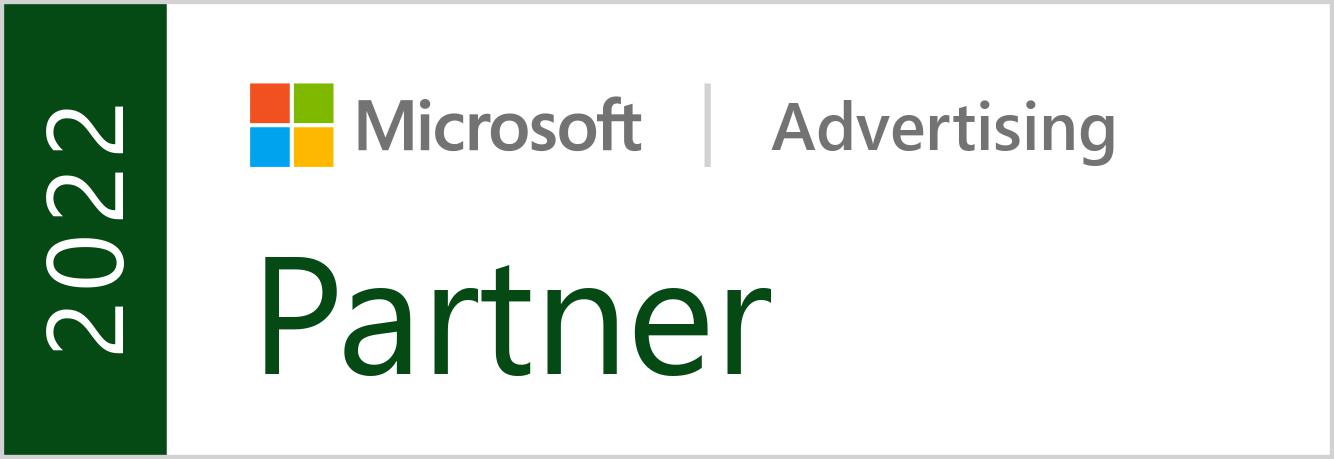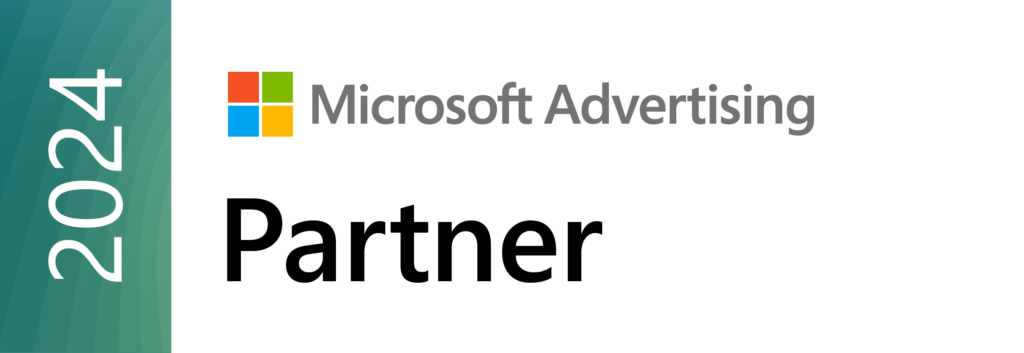On Monday, April 26, Apple released iOS 14.5, the first version of the operating system to enforce Apple’s App Tracking Transparency (ATT) policies. ATT requires iOS users to opt in to share their unique Identifier for Advertisers (IDFA), a randomly assigned user-specific identifier with app developers. This would, in turn, allow advertisers serving ads within those apps with the data needed to personalize ads and track performance across platforms, from view to click all the way through to conversion. In anticipation of this change and other privacy regulations, players across the digital advertising space have been responding with changes of their own. Most notably, Facebook has made significant changes to its conversion tracking and application settings.
A month after the iOS 14.5 release, opt-in rates for US-based users is sitting at 6% and Facebook advertisers are starting to feel the effects in the form of increased conversion costs, loss of attribution data, and new challenges to ad targeting and lookalike audience building. If you’re grappling with the impacts of the iOS 14.5 release and ATT enforcement on your Facebook ad campaigns, here are some key considerations and recommendations to help you navigate through the immediate challenges and set a course for a smoother road ahead.
Facebook users are a no less valuable audience to your marketing strategy now than they were before.
Stabilizing Steps to Take Today
Secure Ownership of Your Facebook Accounts
Previously inherent capabilities to track movement between your website and Facebook will no longer be available and pixels previously put in place to support user targeting and conversion tracking will no longer be as effective. This is where ownership over your Facebook account and business website become critical. In the past, agencies have commonly created digital marketing accounts for clients – including Facebook Business Managers and ad accounts – under agency ownership. The benefits have been increased speed, reduced burden on clients who may not have resources available to manage account setup, and the benefit of agency history with the platforms, which eliminated spend thresholds and other speed bumps in the path of rapid execution and performance. The implications of iOS 14.5 have created the need to shift ownership from agency to business in order to reconnect some critical dots:
- Your Facebook account and business website can’t effectively speak to each other until your website is claimed through your Facebook Business Manager account. This will allow cross-platform performance tracking and change how your web links appear on your Facebook page. This is also a requirement for configuring conversion events, which are used by Facebook’s machine learning to drive better targeting, optimization, and performance measurement.
- The Facebook Conversions API can be put in place to enable tracking and optimizing for conversions outside of Facebook, like purchases made on your website or a Shopify account, among others. It can also mitigate the effects of losing access to 28-day click, 28-day view, and 7-day view attribution windows, which will no longer be supported. However, the API cannot be implemented when ownership of Facebook pages, Business Manager accounts and ad accounts are split between business and their partner agencies.
Keep a Customer-centric Focus
While the ability to track based on audience behaviors may be changing, the behaviors themselves are not. If you were finding success with Facebook users before iOS 14.5, resist the urge to move away from Facebook based purely on trackability. The known habits, behaviors, and preferences of your audience should always be the guiding force behind your marketing mix. Bottom line: Facebook users are a no less valuable audience to your marketing strategy now than they were before. What’s changed is the way users are tracked and attributed and how to interpret the value of that data.
Also read: Data Driven Insights Into the Evolving Customer Experience
Consolidate Campaigns and Conversion Events
With Facebook shortening attribution settings to 7-day click and 1-day view by default, fewer conversions are being tracked and more scale will be needed to move ads through the learning phase toward performance-driving optimization. The larger the number of campaigns, ad sets, and ads businesses are running, the fewer impressions served and conversions achieved, making it harder to hit an even higher bar for scale. Consolidating campaigns, ad sets, and ads as much as possible will create efficiencies during the ad learning phases, helping drive performance more quickly.
Additionally, advertisers will need to consolidate and prioritize the events being tracked within Facebook’s event manager. Domains are now limited to no more than 8 website conversion events. If your campaigns are being optimized for more than 8 conversion events across the same domain, you’ll need to narrow down to the 8 or fewer conversion events most critical to your marketing objectives and configure them in Facebook’s Aggregated Event Measurement tool. Once your 8 or fewer conversion events have been selected, they must be put in priority order with the most valuable action first and the least valuable action last. The priority of the events will come into play when and if a user takes multiple actions with the 7 day conversion window. For example, if a user adds a product to a cart (achieving one conversion event) and leaves the site without completing the purchase only to return the next day after being served a retargeting ad and completes the purchase at that point (achieving another conversion event with a higher priority), the purchase event will show in Facebook’s event manager and the add to cart event will not based on the priority set. Thinking through the conversion events that are most important and their order of importance will help ensure Facebook continues to be an effective lead- and revenue-driving channel despite the latest changes.
Expectations for performance are going to have to change.
Recalibrate Your Goals
Expectations for performance are going to have to change. CPAs and CPMs on Facebook are on the rise and the increase is likely to continue as advertisers grapple with the previously unknown impacts of iOS 14.5 and the corresponding ripples through Facebook. Those who can stay the course, test new approaches, and adapt how they think about, interpret, and apply data to optimize performance will continue to find long-term value in Facebook as part of their marketing mix. And as advertisers who can’t adapt pull back from the platform, those who remain may find themselves in a less competitive environment over time.
For many businesses, especially those with sales cycles that extend beyond Facebook’s pre-iOS 14.5 28-day attribution window, there were always gaps in the data. To help fill some of the gaps within Facebook’s reporting capabilities, ensure you are implementing best practices for tracking, like adding UTM parameters so that you can track ad and campaign performance and conversions within Google Analytics. In addition to a narrowed attribution window, reporting delays of up to three days will make short-run campaign optimization challenging and breakdowns based on age, gender, region, and placement for delivery and actions will no longer be available, necessitating a different approach to campaign optimization. Creating benchmarks based on the most reliable data points you have and adjusting your performance goals based on that data will help steer campaigns in the right direction. Similarly, stepping back from channel-level performance goals and focusing on incremental impact to business goals (i.e., how much incremental lift you’re seeing in sales, revenue, new customer acquisition, etc.) will help you evaluate the impact of your channel-level investments in a more meaningful and sustainable way.



